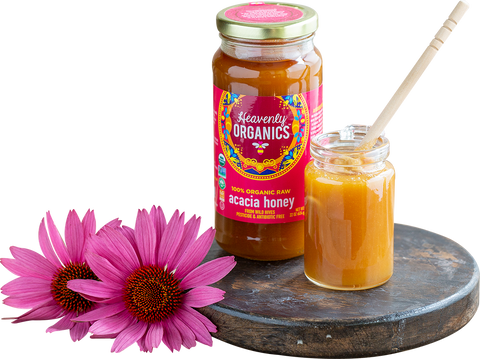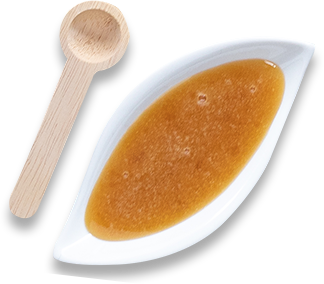
What's Really Raw?
Learn What Makes Honey Truly Raw
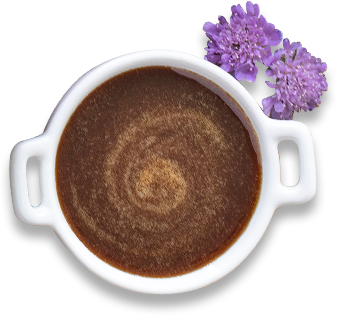
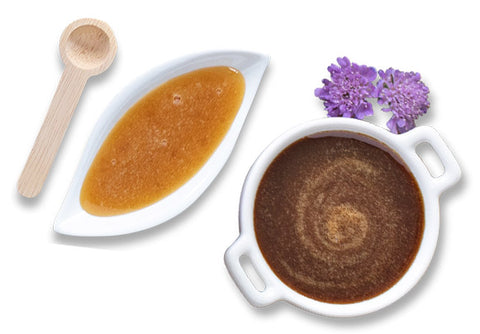
“Raw” Honey

Heated past 120 degrees Fahrenheit

Pasteurized to prevent crystallization
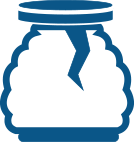
Heat-damaged enzymes, minerals, and vitamins
Heavenly Organics Raw Honey

Never applied to direct heat. Never stored above 104 degrees Fahrenheit.

Unpasteurized,
Crystallizes
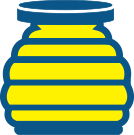
Nutrient-dense (intact enzymes, minerals, and vitamins)

Not all raw honey is created equal. “Raw” is an unregulated term in the industry, which means just about anybody can put it on their label. Even well-known raw honey brands don’t always live up to the raw standard. Many prominent raw honey brands heat their honeys to high temperatures ranging from 120 degrees to the honey pasteurization point of 145 degrees Fahrenheit, damaging the enzymes, minerals, and vitamins in the process.

At Heavenly Organics, we don’t take the word “raw” lightly.
We never heat our honey greater than 104 degrees Fahrenheit. We gently heat our honey in a large hot box container over 3 days, and only to make it easier to pour the honey into jars. That means that our honey is full of beneficial components and nutrients – all left intact and undamaged by heat.
